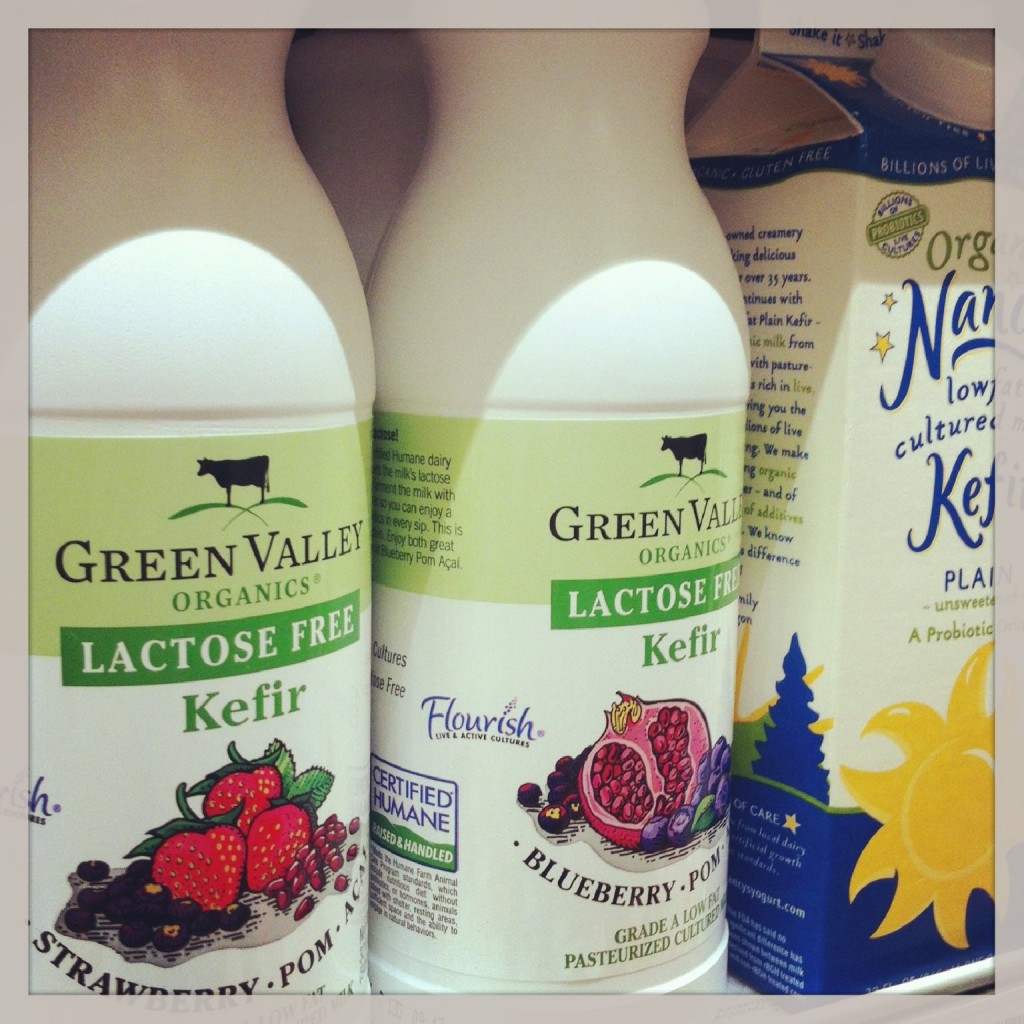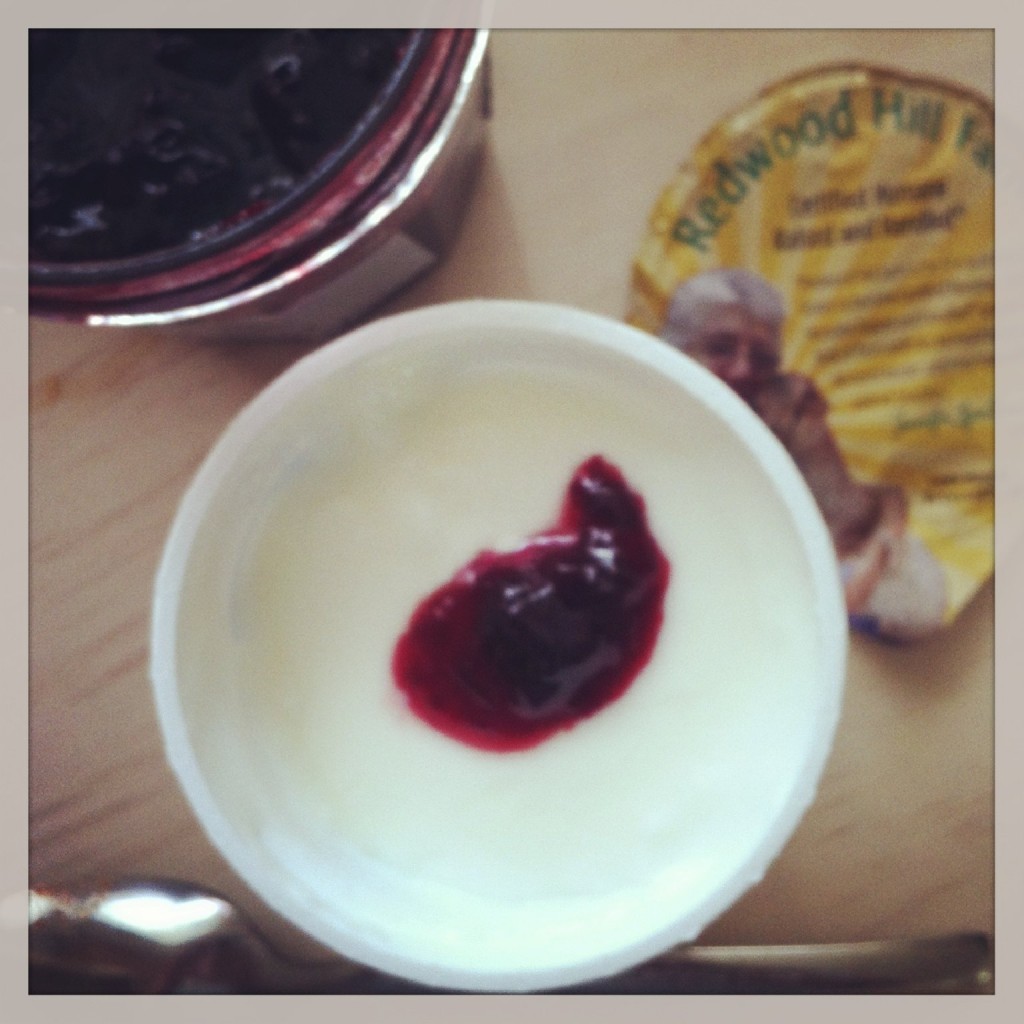There’s a definite difference between cheese and milk. It's clear in the tastes, textures, state of matter, and smells. However, when it comes to that iffy area in-between milk and cheese it get’s a little muddy. What exactly is the difference between sour cream and crème fraîche? How is yogurt different from kefir? Why is the buttermilk purchased in stores rarely ever true buttermilk?

I think having a firm understanding of your soured dairy not only makes you a smarter consumer, but a more accomplished cook and a more refined appreciator of milk. It gives you an appreciation for the people who produce it. It also makes you a smarty pants who can brag at parties when a waiter passes around the canapés.
First, let’s define souring. Souring occurs when a bacterial culture is added to cream. The bacteria then begin to convert the lactose -- a specific sugar found in milk -- into lactic acid. This lactic acid sours and thickens the cream by breaking down existing bundled proteins (called casein) and turning them into a patchwork that hold together pockets of fat and water. Imagine it this way: the bacteria take a few skeins of yarn and knit them into a net to hold the milk together as a loosely solid product.
Buttermilk
Most buttermilk you see in stores is actually cultured buttermilk, and therefore not true buttermilk. True buttermilk is the low-fat leftovers of milk that remains after it’s been churned into butter. This milk would often sour quickly and become thick -- the flavors would be less sour, less sweet, and with a more complex flavor.
Cultured buttermilk is the low-fat leftover of milk that’s been run through a cream centrifuge (a device used by companies to quickly get cream out of milk to make butter). This low-fat milk is then given a heat treatment to help it thicken and the resulting product is then fermented. The result is a milk that’s sweeter and tangier.
